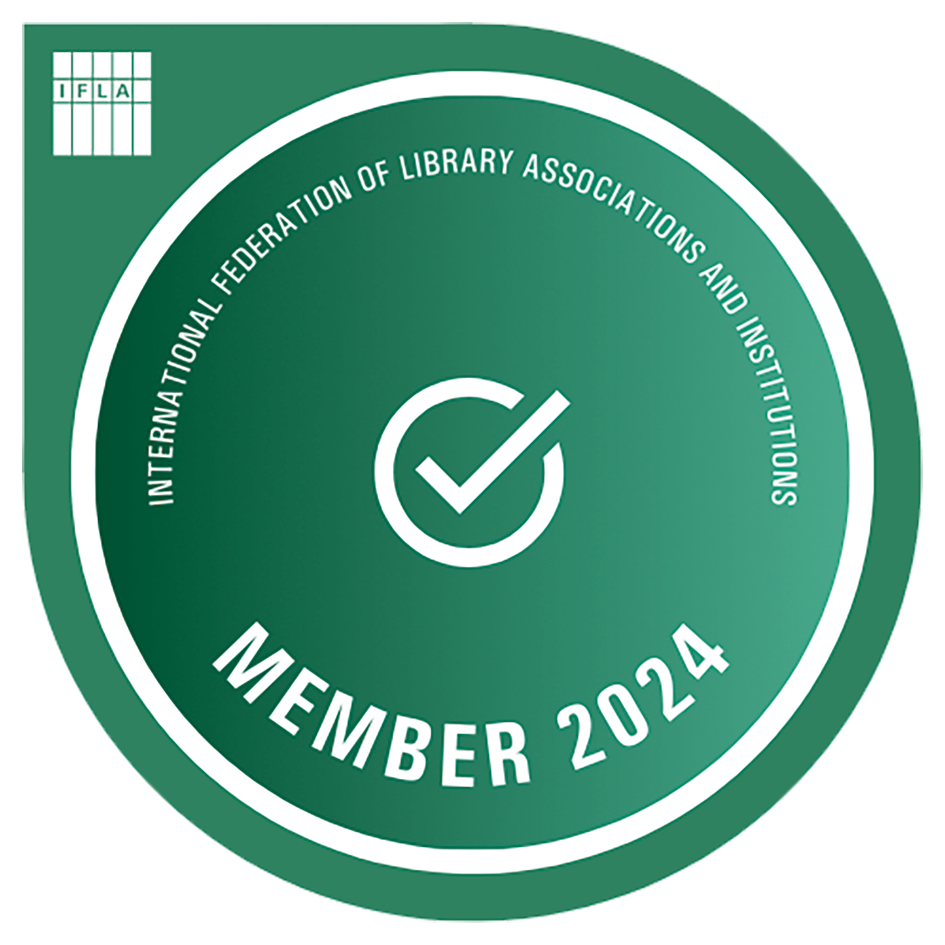閱讀活動錄音下載
- 2017-10-31
著者:李在善主講
出版(活動)日期:2017-10-31
時間:01:16:23
發音:英語
出版者:國家圖書館
內容簡介
國家記憶與檔案管理國際培訓研習會
10月31日-2
生活與記憶的文化應於何處保存?反思圖書館角色
Where Should the Culture of Our Lives and Memory be Preserved? - Rethinking the Role of the Library
李在善主講
韓國國家圖書館圖書館服務部主任
Lee Jaesun
Director General,
Library Services Department
National Library of Korea
能夠儲存和轉化記憶,學習他人經驗,或與世界分享知識才能驅動社會發展。這種驅動力源自圖書館收集和服務文化知識資產的獨特功能和角色。韓國國家圖書館最近擴大法定送存和徵集系統範圍,從印刷傳媒到線上資料和廣播內容,並開設了記憶博物館。韓國國家圖書館強化保存文化記憶的能力,成功地展示了永續經營圖書館的典範。同時,韓國公立圖書館主動保存和轉化當地社區的記憶,鼓勵當地居民參與,振興由於經濟快速成長而消失的社區精神。本文將介紹將博物館歸檔功能引入圖書館,達成社會融合和社區振興的案例。此外,還將討論何處及如何保護和利用我們的生活和記憶文化。
Abilities to store and transfer memory, learn from others’ experiences, or share one’s knowledge with the world are the drivers of the social development. This driving force derives from the library’s unique function and role to collect and service cultural knowledge assets. National Library of Korea has recently expanded its scope of legal deposit and acquisition system from printed media to online materials and broadcasting contents, and it opened Memory Museum; the National Library of Korea has successfully demonstrated the example of a sustainable library in the new paradigm by strengthening its ability to preserve cultural memories. Meanwhile, public libraries in Korea have taken an initiative to preserve and transfer memory of a local community, which encourages local residents’ participation and revitalizes community spirit that has disappeared as a result of rapid economic growth. In this paper, cases of introducing museum’s archiving function to a library that led to social integration and community revitalization will be introduced; in addition, it will discuss where and how the culture of our lives and memory should be preserved and utilized.
2018.1.3更新
- 資源查詢
- 公告資訊
- 關於本館
- 讀者服務
- 申辦服務
- 其他網頁連結



